Transform your outdoor patio into a haven of relaxation and conviviality by crafting a home bar oasis. Elevating your alfresco space with a well-designed home bar not only adds a touch of sophistication but also invites friends and family to savor delightful moments together. In this guide, we’ll explore the art of creating a home bar oasis on your outdoor patio, turning it into a stylish retreat where you can sip, savor, and revel in the joy of outdoor entertaining.
Define Your Home Bar Style
Before diving into the world of mixology and decor, define the style of your home bar. Whether you lean towards a sleek and modern look, a rustic and cozy ambiance, or a tropical beach-inspired theme, choosing a cohesive style for outdoor patio furniture sets the foundation for your bar oasis. This will guide your selection of furniture, accessories, and overall design elements.
Select Stylish and Functional Bar Furniture
Invest in bar furniture that seamlessly combines style with functionality. Opt for a bar cart, outdoor bar set, or a dedicated bar counter that complements the aesthetics of your patio. Ensure the furniture is weather-resistant and durable so it can withstand the elements and provide a reliable base for your home bar setup.
Choose Essential Bar Accessories for Mixology Mastery

Equip your home bar with essential accessories for mixology mastery. Invest in quality bar tools such as a shaker, muddler, jigger, and mixing spoon. A stylish ice bucket, cocktail strainer, and a set of high-quality glassware add a touch of elegance to your outdoor bar setup. These tools not only elevate your mixology skills but also enhance the overall visual appeal of your home bar.
Stock up on Premium Spirits and Mixers
A well-stocked bar is the heart of any home bar oasis. Select a variety of premium spirits, mixers, and garnishes to cater to different tastes. Whether you’re a whiskey enthusiast, a cocktail connoisseur, or a fan of refreshing mocktails, having a diverse selection ensures you can craft beverages that delight every palate.
Create a Relaxing Seating Area
Designate a comfortable seating area near your home bar where guests can relax and savor their drinks. Consider weather-resistant lounge furniture, plush cushions, and outdoor rugs to create a cozy ambiance. This area becomes a retreat for intimate conversations, laughter, and the shared enjoyment of your outdoor bar oasis.
Embrace Ambient Lighting for Evening Elegance
Extend the allure of your home bar into the evening by incorporating ambient lighting. String lights, lanterns, or stylish outdoor floor lamps not only illuminate your bar area but also contribute to the overall ambiance. Create a warm and inviting atmosphere that encourages guests to linger and savor the magical moments of a starlit evening.
Creating a home bar oasis on your outdoor patio is a delightful journey that combines style, functionality, and the joy of shared moments. Whether you’re hosting intimate gatherings or lively celebrations, your outdoor bar becomes a focal point for relaxation and connection. So, raise a glass to the …





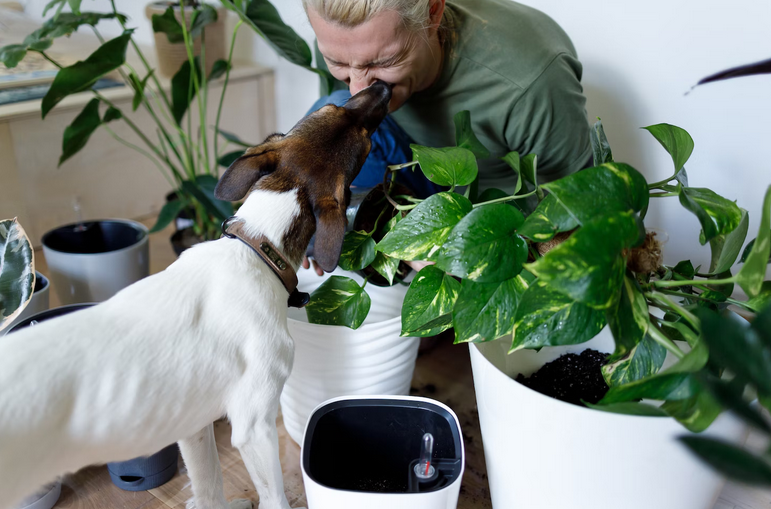


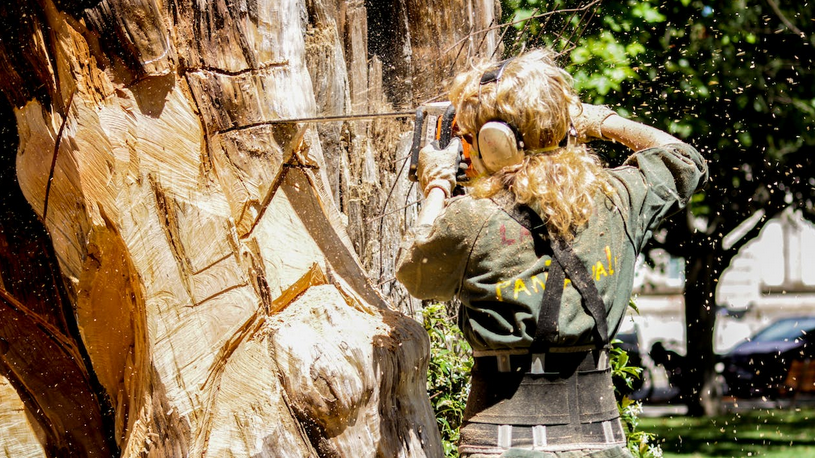
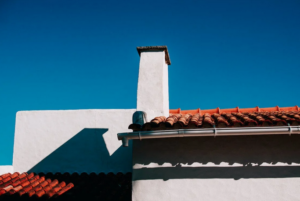 The second way to protect your home from roof damage is by making sure that your gutters and downspouts are clean. Clogged gutters can cause water to back up and pool on the
The second way to protect your home from roof damage is by making sure that your gutters and downspouts are clean. Clogged gutters can cause water to back up and pool on the 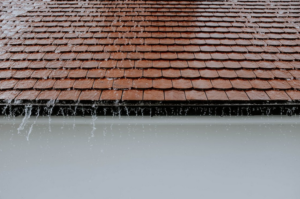 The third way to protect your home from roof damage is to fix any leaks immediately. Leaks can allow moisture into the attic and other interior spaces, which can lead to mold and mildew growth. To prevent this, it’s important to identify any leaks as soon as possible and take steps to repair them quickly. If you suspect a leak in your home, call a professional roofer for a full inspection and repairs. Many homeowners make the mistake of waiting too long to fix leaks, only to end up with much more expensive repairs down the road. By catching the issue early, you can save a great deal of time and money.
The third way to protect your home from roof damage is to fix any leaks immediately. Leaks can allow moisture into the attic and other interior spaces, which can lead to mold and mildew growth. To prevent this, it’s important to identify any leaks as soon as possible and take steps to repair them quickly. If you suspect a leak in your home, call a professional roofer for a full inspection and repairs. Many homeowners make the mistake of waiting too long to fix leaks, only to end up with much more expensive repairs down the road. By catching the issue early, you can save a great deal of time and money.


 Cash buyers can also offer more flexible payment terms when it comes to selling your home than traditional buyers. Depending on the buyer, they may be willing to work with you regarding the timing of their payments or even offer a lump sum rather than monthly payments. This added flexibility can help you get the most out of your sale while still getting cash quickly. Overall, cash buyers are often the best option when it comes to selling your home.
Cash buyers can also offer more flexible payment terms when it comes to selling your home than traditional buyers. Depending on the buyer, they may be willing to work with you regarding the timing of their payments or even offer a lump sum rather than monthly payments. This added flexibility can help you get the most out of your sale while still getting cash quickly. Overall, cash buyers are often the best option when it comes to selling your home.
 The second advantage of home automation is that it can help you to monitor your energy usage. This is becoming increasingly important as we all look for ways to save money and be more environmentally friendly. By monitoring your energy usage, you can change how you use energy, which will help you save money. You can also set up your system so that it only uses energy when needed, reducing your costs. Many homeowners can testify that home automation systems have helped them to save a significant amount of money on their energy bills.
The second advantage of home automation is that it can help you to monitor your energy usage. This is becoming increasingly important as we all look for ways to save money and be more environmentally friendly. By monitoring your energy usage, you can change how you use energy, which will help you save money. You can also set up your system so that it only uses energy when needed, reducing your costs. Many homeowners can testify that home automation systems have helped them to save a significant amount of money on their energy bills.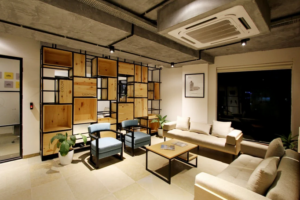 The fourth advantage of home automation is that it can increase the
The fourth advantage of home automation is that it can increase the 

 Concrete floor is known to be highly durable. It can last up to one-hundred years in a single installation, making it one of the best types of investment to make. The hard and cold surface makes it easy to accommodate high traffic in the house. For that reason, it is the best option for those who have a big family and a big house. As it is highly long-lasting, this type of floor will also make a valuable investment. You only need to spend money on the construction, and you will not need to pay anything else.
Concrete floor is known to be highly durable. It can last up to one-hundred years in a single installation, making it one of the best types of investment to make. The hard and cold surface makes it easy to accommodate high traffic in the house. For that reason, it is the best option for those who have a big family and a big house. As it is highly long-lasting, this type of floor will also make a valuable investment. You only need to spend money on the construction, and you will not need to pay anything else.